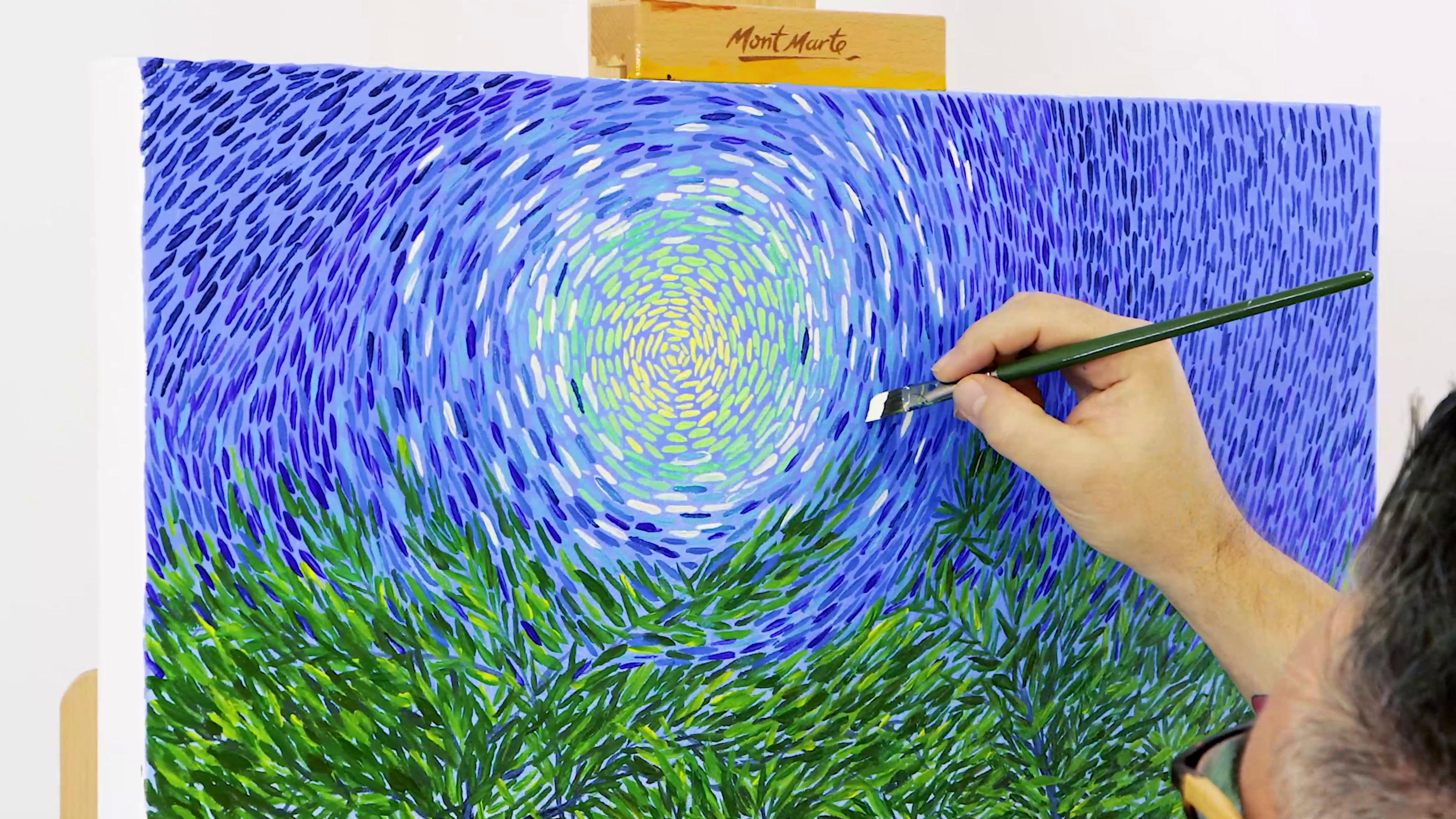Take your painting down a size with a miniature artwork! These add a nice little creative touch to side tables, desks and shelves. We recently created a miniature painting of the classic Girl with a Pearl Earring and we’ve summed up our top tips for you below.
1. Choose a realistic subject
Realistic subjects work well with miniature paintings because it gives the illusion of a small window into another world. You might like to try a landscape, portrait or still-life.
2. Set up your space
The great thing about miniature painting is that you don’t need a big work space. Clear a small area with a good light source and start painting. You might like to use a box on the table to raise the artwork so that you’re not leaning over as far.
3. Take a break
Because miniature artworks are so small, you might like to take regular breaks to stretch out your back and neck. You’ll thank yourself for it later.
4. Check your work with a magnifying glass
It can help to have a magnifying glass on hand to check details and make small adjustments as you go.
5. Pick a medium that you like to work with
Any medium, except pastels, can be used for miniature art. Oil paint or acrylic paint is a popular choice and can be used with fine liner brushes to create incredible detail. We like using oil paint because you can use layers of glazes to make luminous colours.
6. Use a miniature canvas
Miniature stretched canvases are perfect for oil or acrylic painting and sometimes come with a display easel. You can also create miniature artworks using watercolour on paper and a small photograph frame to display it.
7. Prepare your surface
Since miniature paintings are usually very detailed, you’ll need to create a smooth surface. You can do this by applying a thin layer of gesso to your canvas, allowing it to dry and then sanding it flat with a fine grade sand paper. If you plan on creating more than one miniature artwork, prepare them all at the same time to make life easier down the track.
8. Brushes
As you can imagine, you’re going to need small brushes to create your miniature artwork. We’d suggest getting your hands on some detail and liner brushes.
9. Use less paint
When you’re working on a small scale, using too much paint can ruin details and make your painting muddy. Wipe excess paint off your brush and onto your palette to keep it neat and tidy. Since a smoother surface will make your miniature painting easier, we’d also suggest leaving impasto techniques for larger works.
10. Protect your work between sessions
If you’re using oil paints and working across multiple sessions, you’ll need to protect your painting from dust. An upside-down box or the back of a larger stretched canvas will do the trick!
Want to see a miniature painting in action? Check out our recent Girl with a Pearl Earring speed art video! We’d love to see your creations, so feel free to tag us on Instagram or Facebook using @montmarteart.





























